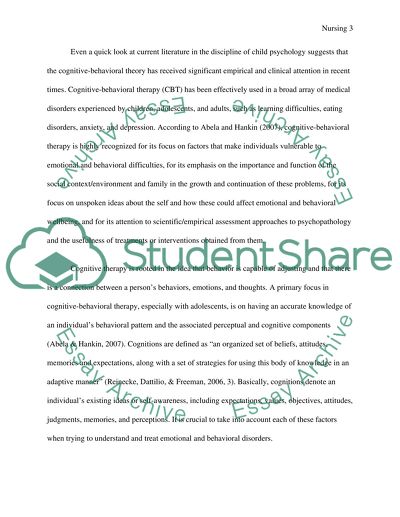Cite this document
(“Cognitive Behavioral Therapy and Interpersonal Psychotherapy Essay”, n.d.)
Cognitive Behavioral Therapy and Interpersonal Psychotherapy Essay. Retrieved from https://studentshare.org/nursing/1400465-final-theory-paper
Cognitive Behavioral Therapy and Interpersonal Psychotherapy Essay. Retrieved from https://studentshare.org/nursing/1400465-final-theory-paper
(Cognitive Behavioral Therapy and Interpersonal Psychotherapy Essay)
Cognitive Behavioral Therapy and Interpersonal Psychotherapy Essay. https://studentshare.org/nursing/1400465-final-theory-paper.
Cognitive Behavioral Therapy and Interpersonal Psychotherapy Essay. https://studentshare.org/nursing/1400465-final-theory-paper.
“Cognitive Behavioral Therapy and Interpersonal Psychotherapy Essay”, n.d. https://studentshare.org/nursing/1400465-final-theory-paper.


